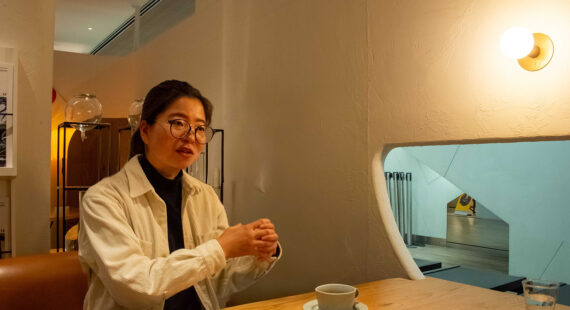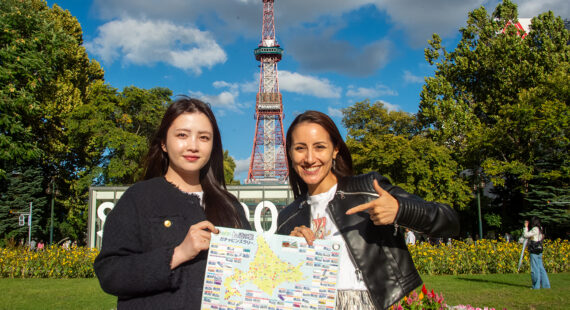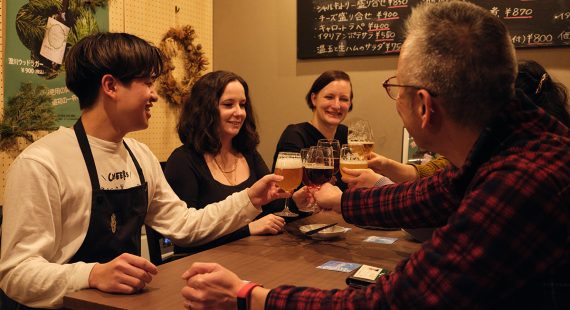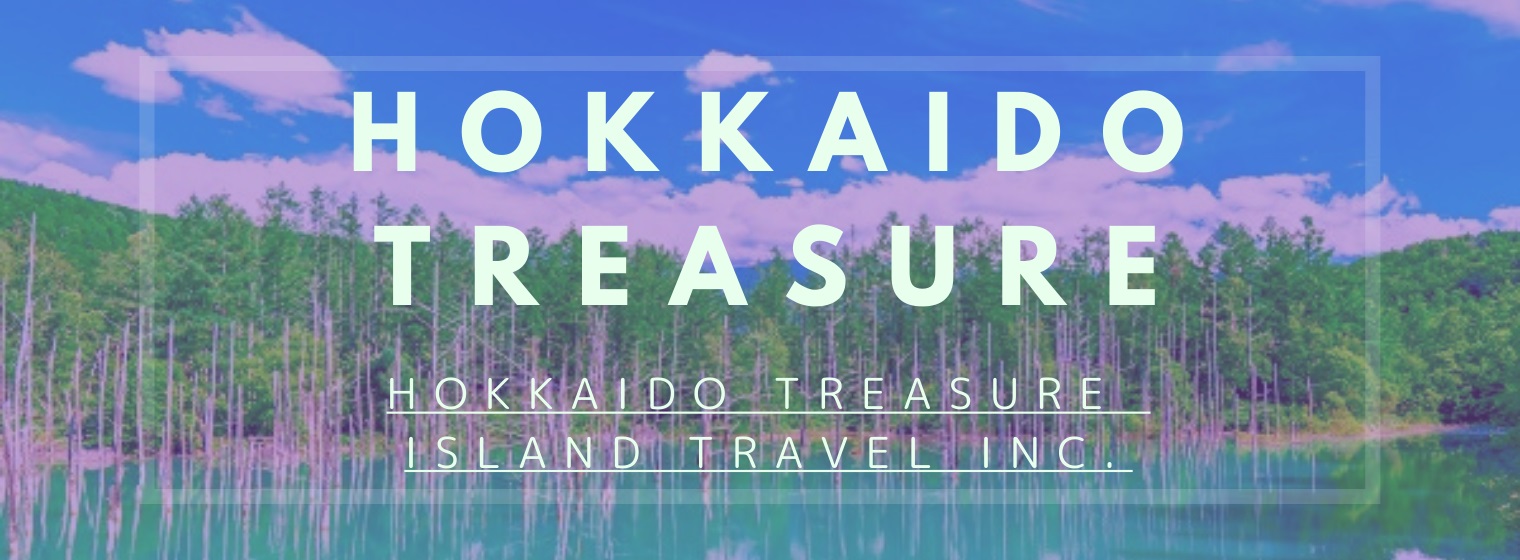Sapporo—the most famous and largest city in Hokkaido, Japan—is known for being a metropolis with one of the world’s largest yearly snowfalls. Being the capital of snow, it’s only suitable that there are festivals in Sapporo themed around the winter and snow. The most famous of these festivals are Sapporo Snow Festival (Sapporo yukimatsuri in Japanese) and Sapporo White Illumination with numerous events, such as the German Christmas market. A central location for the Sapporo festivals is Odori Park in the heart of the city but the events spread to other locations in the city, too.
In this blog column, you can read about winter festivals and events in Sapporo. This is the first blog column in a series of blog columns about Sapporo festivals. The other blog column about spring, summer, and fall festivals is right here: Sapporo: The City of Seasonal Festivals. For more general information about Sapporo, check out the blog columns Sapporo: A Metropolis Close to Nature and Sapporo: The Capital City of Hokkaido.
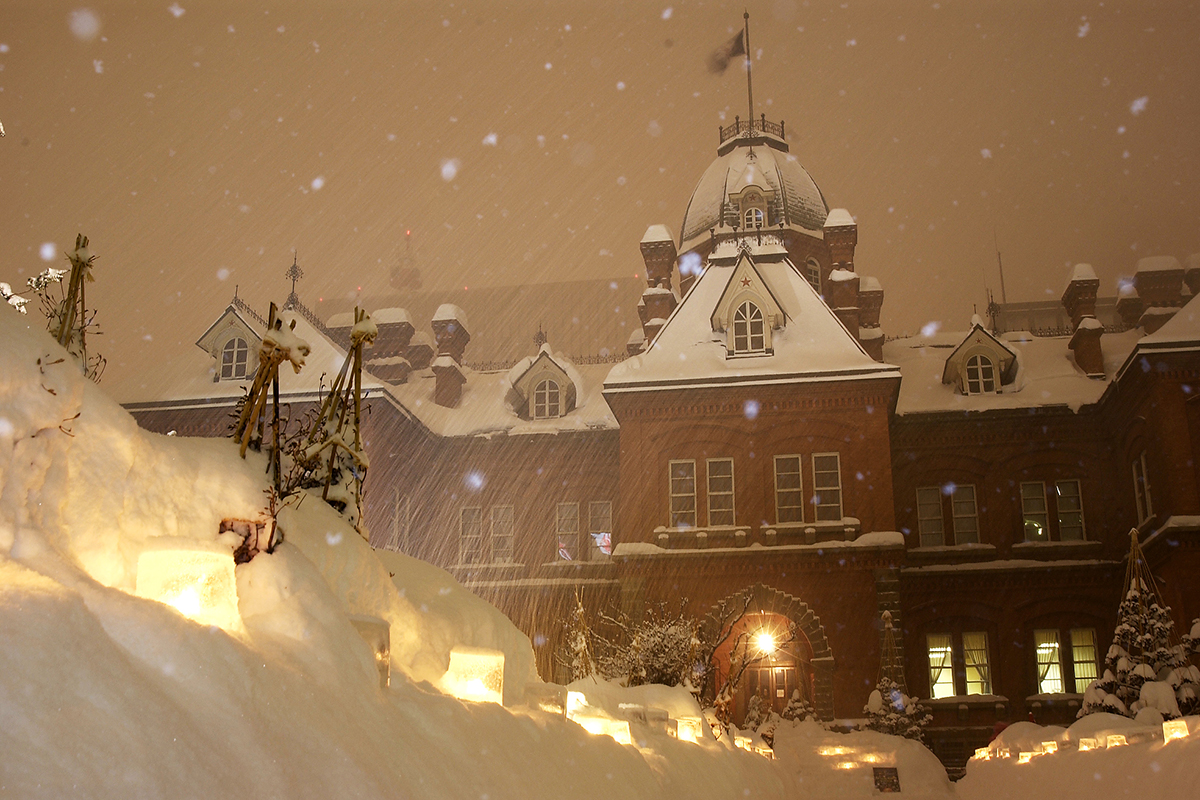
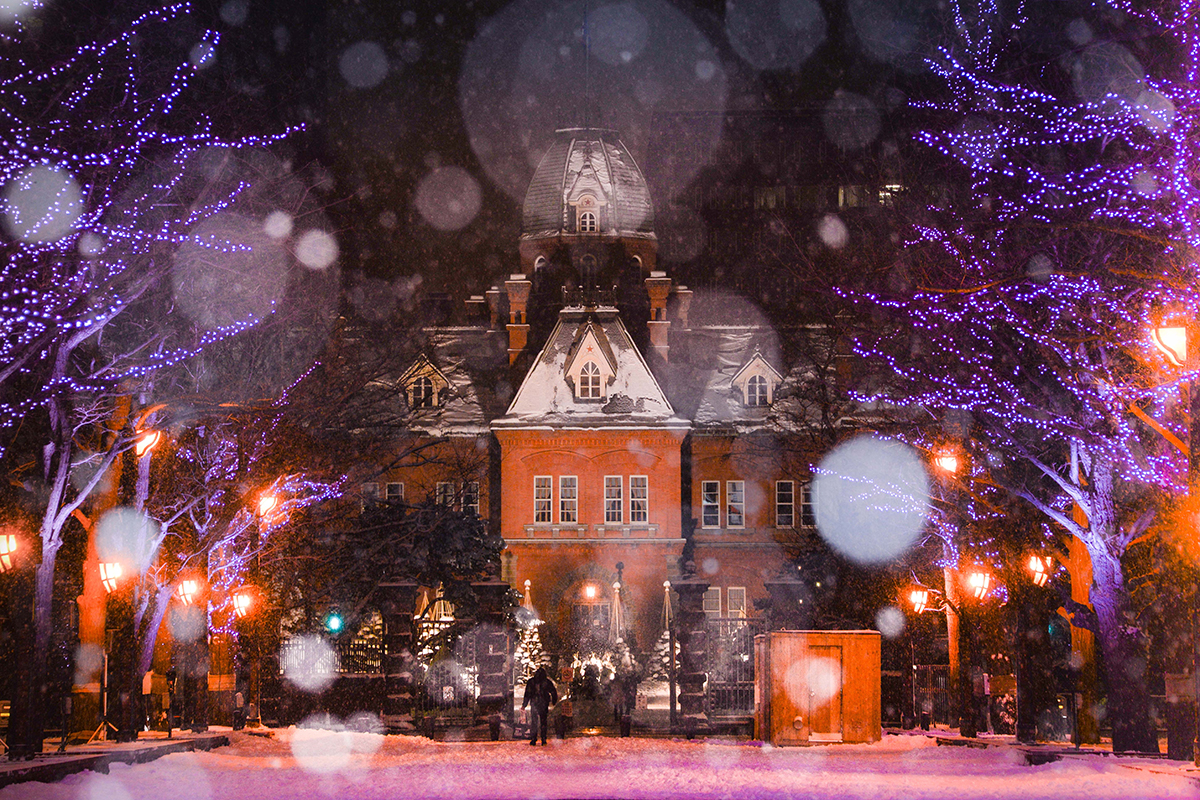
Winter in Sapporo
With about 2 million inhabitants, Sapporo is the largest city in Hokkaido, Japan, and the capital of the island. It is built along the Toyohira river on the plains between the mountains and the Sea of Japan. Central, eastern, and northern parts of Sapporo are located in the southwestern part of the Ishikari plain but the western and southern parts climb up the mountainsides. For this reason, the weather can greatly vary within the city, for example, it might be a blizzard in the northern parts of the city but just light snow in the south.
The winter in Sapporo is long and snowy. The first snow falls in November but the city gets a more permanent snow cover usually after mid-December. The heaviest snowfall is in January and February. During December, the temperatures are usually quite mild, something between -5 to +5°C (+23 to +41℉), but January and February have often cold spells and the temperature drops to -15 C to -10°C (+5 F to +14℉) during the day and even to -20°C (-4℉) during the night.
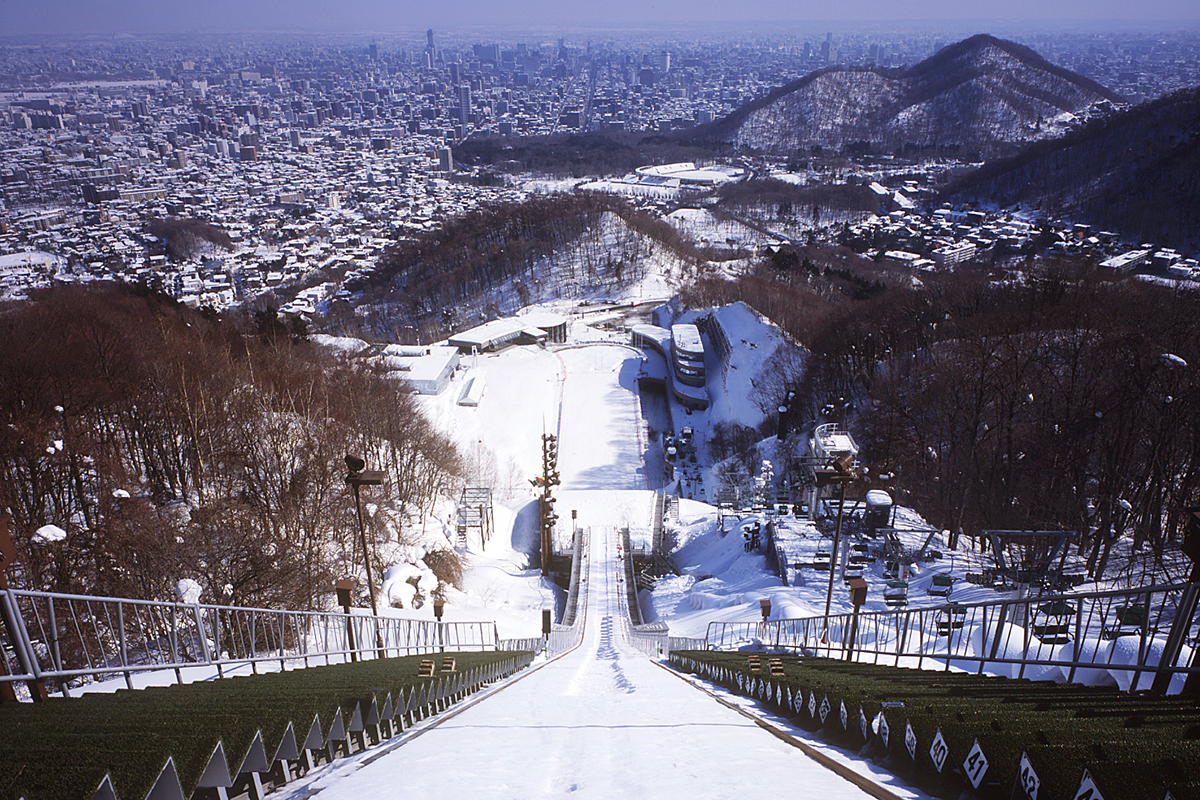
Sapporo gets a yearly snowfall of about 4 meters (about 13 feet), so there is no problem arranging events relying on the snow, be it arranging a snow sculpture contest at the Snow Festival or hosting a winter sports competition. Being the capital of snow, Sapporo hosted the Winter Olympic Games once in 1972. The Sapporo Winter Olympics (an outbound link) in 1972 was an important milepost for the Japanese athletes because Japan took then its first gold medal in the winter sports. The gold winner was the ski jumper Yukio Kasaya who won the normal hill competition at the legendary Okurayama Ski Jump Stadium (an outbound link). When it comes to the future plans for the Winter Olympics, Sapporo is one of the candidates to become the host city for the 2030 Winter Olympics and Paralympics.
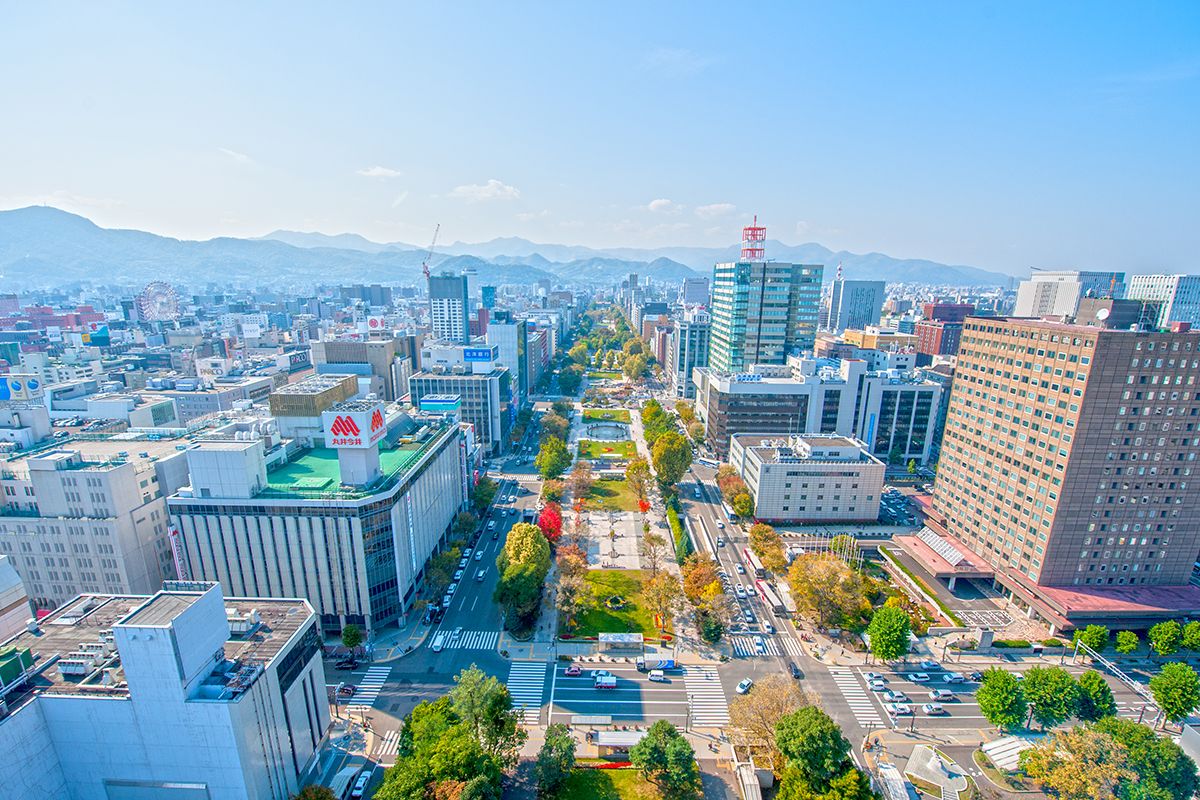
Sapporo festivals and events 101
Large festivals require a large, easily accessible venue. In Sapporo, the role of the staple festival venue has been given to Odori Park (an outbound link) in the heart of the city. The 1.5-kilometer-long (0.94-mile-long) Odori Park runs from east to west and is located conveniently a couple of blocks away from Sapporo station. The park is divided into several numbered blocks called chome in Japanese (chome are actually part of the address system of Sapporo) and during large festivals and events, each chome has its specific function. 1-chome is at the eastern end of the park where the iconic Sapporo TV tower (an outbound link) stands and 13-chome is the westernmost end of the park where Sapporo Archives Museum (an outbound link) is located.
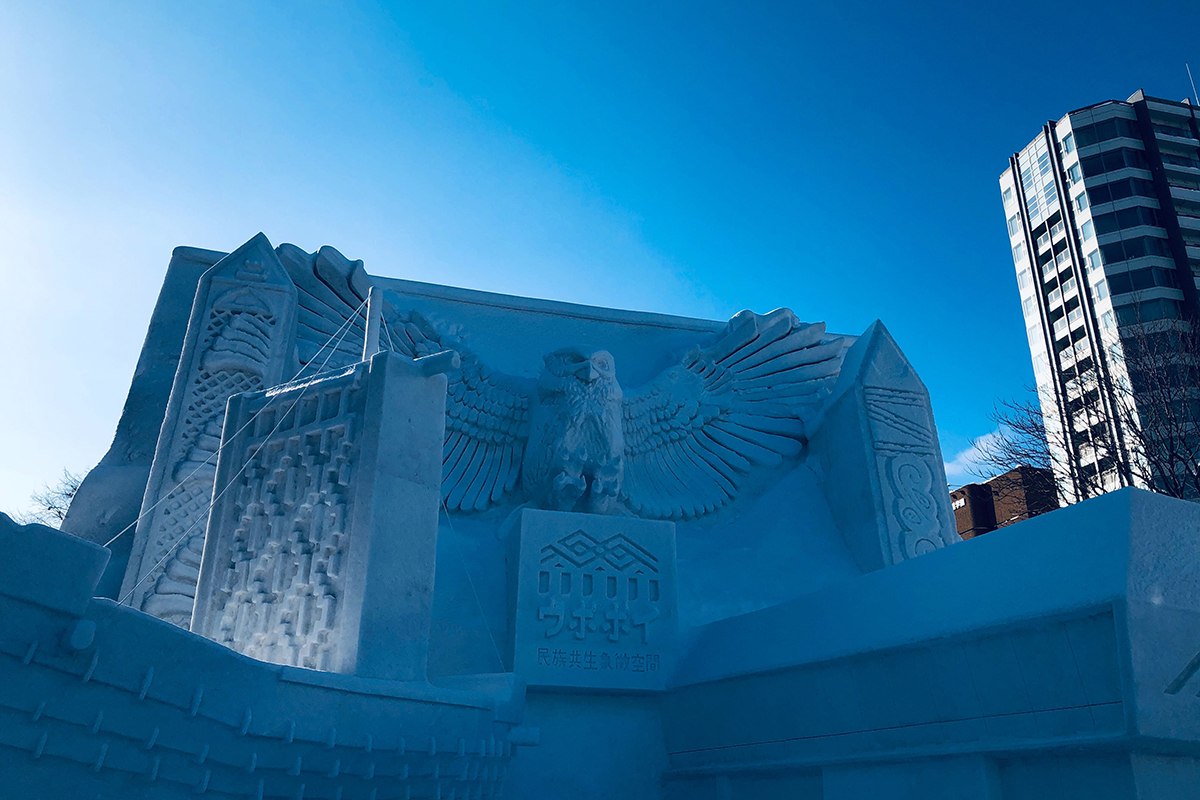
Among the Sapporo festivals, the most well-known are the winter festivals Sapporo White Illumination including the German Christmas Market and Sapporo Snow Festival. Both of these festivals have their main events held at Odori Park. However, winter is not the only festival season in Sapporo. There are several other festivals all around the year, too. The purpose of this blog column is to introduce the Sapporo winter festivals (you can read about them in detail in the two sections below), but here is a brief introduction to the main festivals of non-snowy seasons in Sapporo.
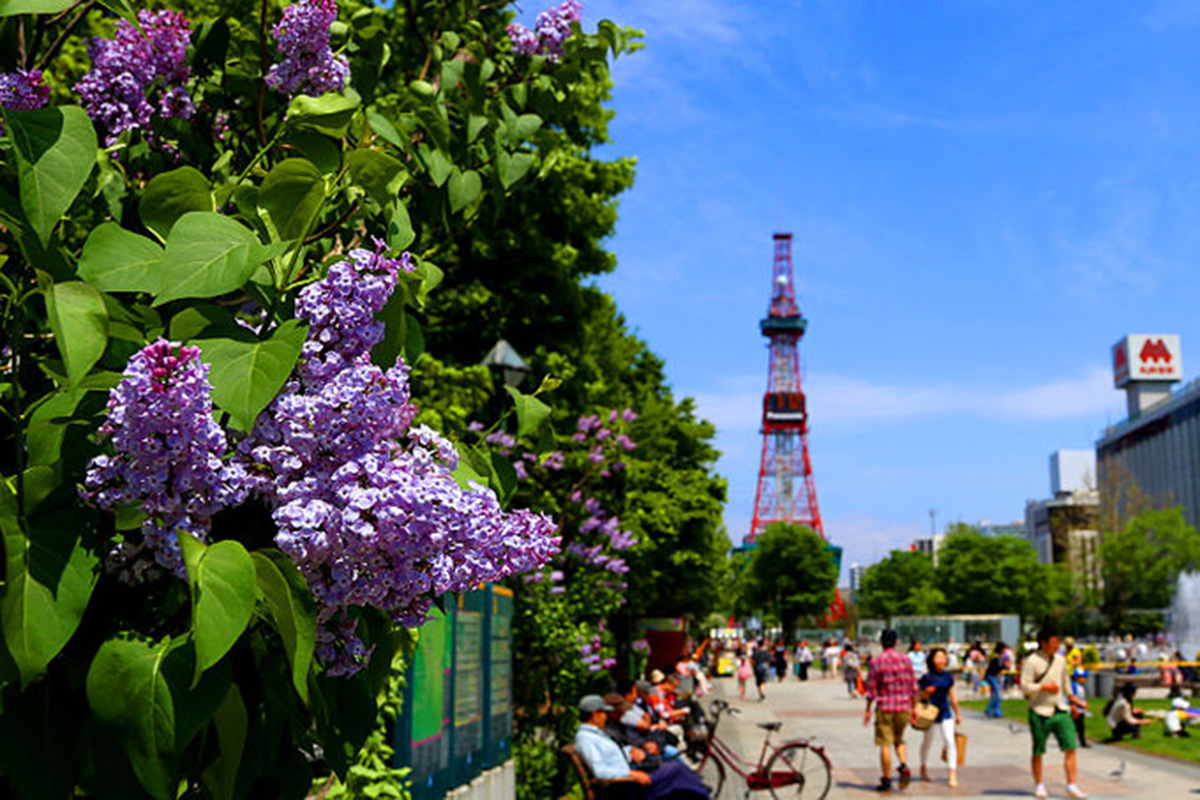
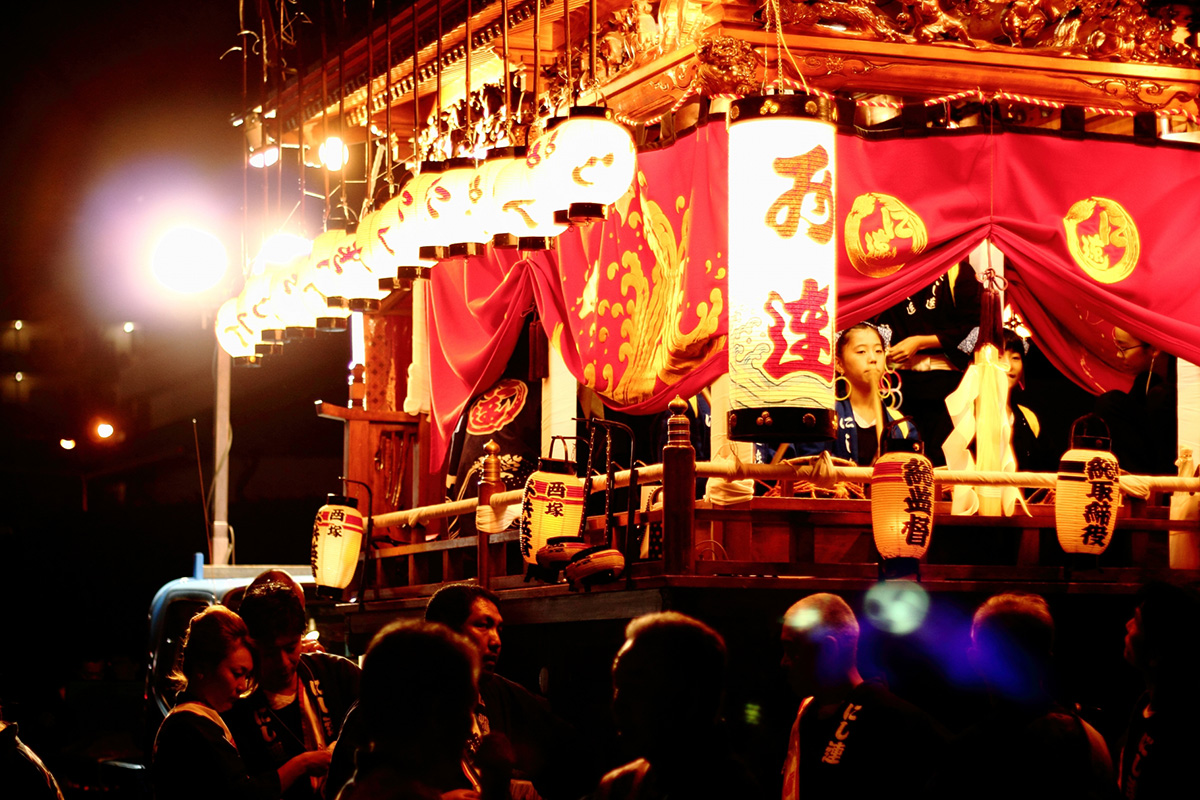
The chilly weather continues in Sapporo throughout the spring. In Sapporo, the cherry blossoms are in full bloom usually from the last week of April to early May. During that time, even though they are not counted as officially arranged festivals, the hanami cherry blossoming viewing parties fill the parks of Sapporo. What comes to the actual festivals, the spring’s main festival is the Sapporo Lilac Festival, held around the last week of May. The Lilac Festival was started in 1959 and has its main event in the central Sapporo, in Odori Park, which boasts about 400 lilac trees. Besides the lilac flowers, the visitors can enjoy locally produced wines and dishes, as well as music performances.
After the snow has melted away and the sun has started to warm up the city, the summer festivals start in June. The big festival of the month is the YOSAKOI Soran Festival which fills the streets of Sapporo with energetic dance performances. YOSAKOI Soran Festival attracts about 30,000 dancers and 2,000,000 spectators to Sapporo every year. The main festival of the summer starts in July: Sapporo Summer Festival lasts for about a month from mid-July until mid-August. The festival consists of separate shorter events such as traditional Susukino matsuri, Hokkai Bonodori dance event, and firework shows. Odori Park hosts a large beer garden during the duration of the festival. This festival is well-loved among the locals as well as tourists and there are about 1 million visitors to the festival each year.
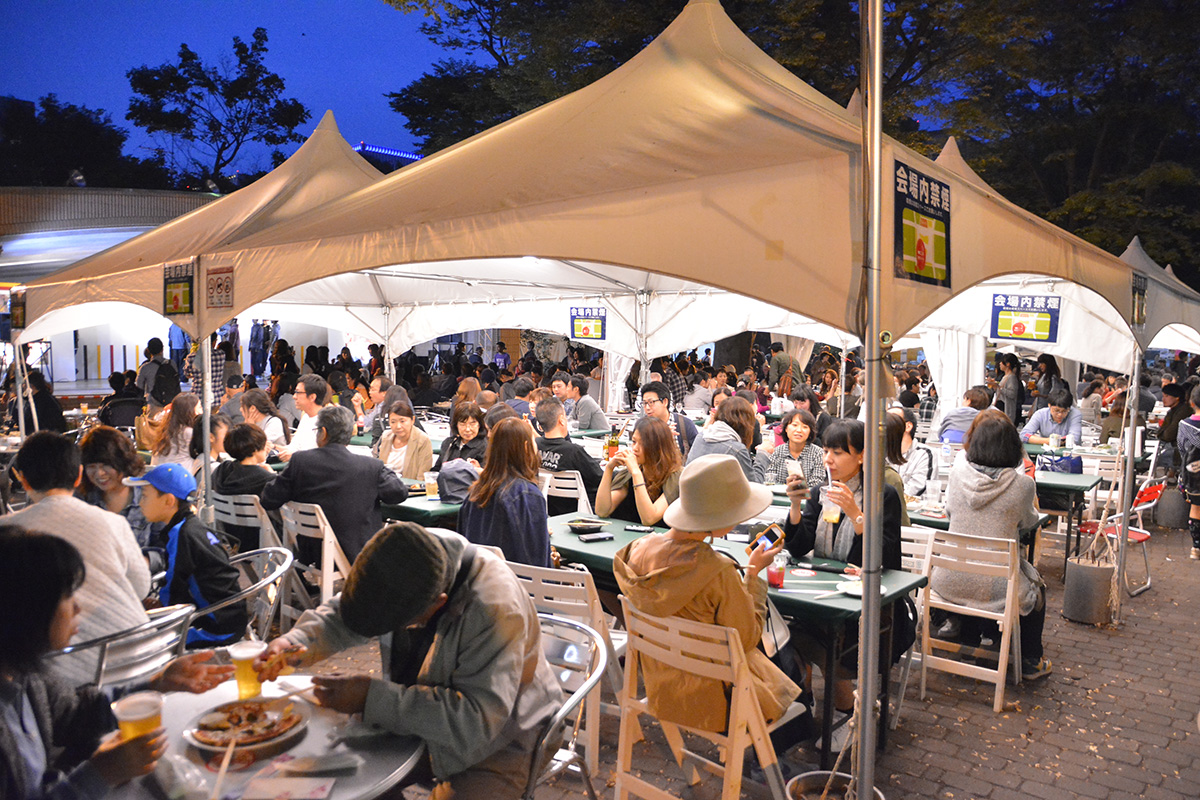
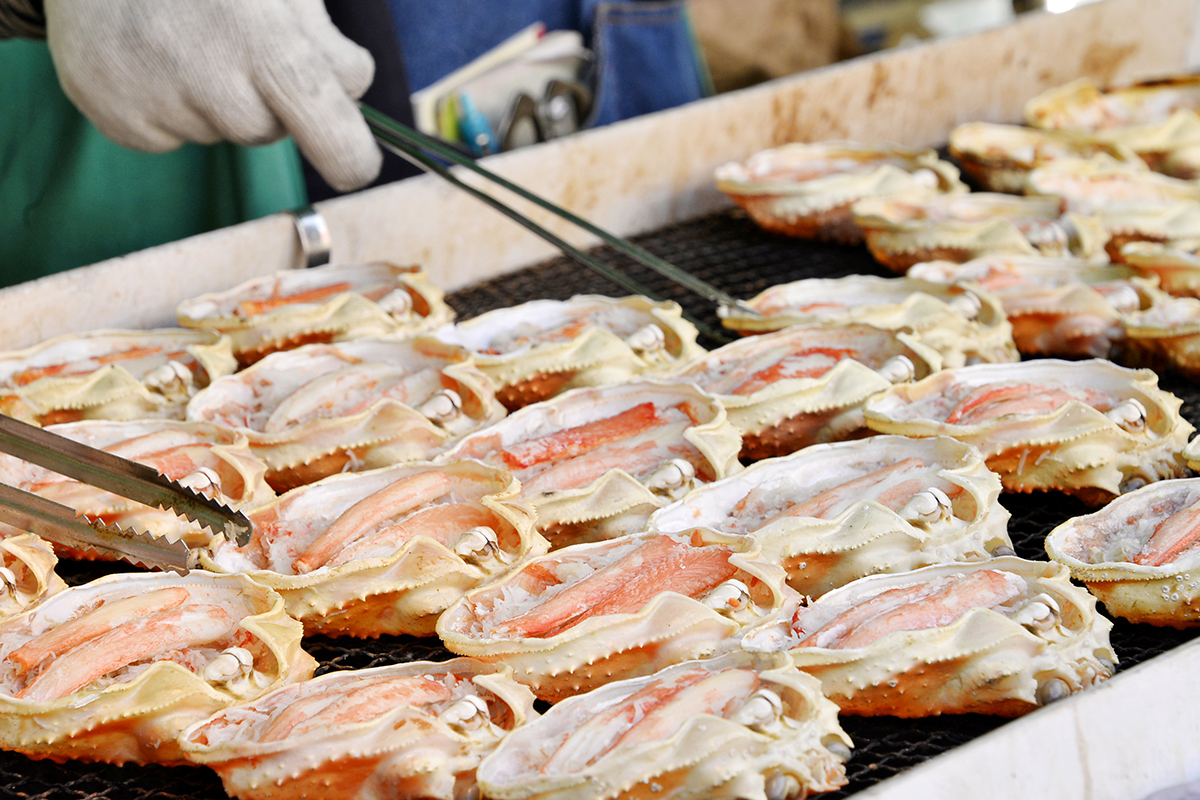
The biggest festival in Sapporo in the fall is Sapporo Autumn Fest, starting around the 10th of September and lasting until the start of October. This is the festival of gourmands. Almost the whole of Odori Park is full of food stalls selling all the best bits of Sapporo and Hokkaido cuisine. Each block of Odori Park is dedicated to different delicacies: there is, for example, a block for meat, one for ramen, one for seasonal vegetables, and of course separate blocks for local Hokkaidoan wines and German-style Oktoberfest beer festival.
You can read about the spring, summer, and fall seasonal festivals in Sapporo in more detail in our other blog column Sapporo: The City of Seasonal Festivals.
Sapporo White Illumination
Sapporo White Illumination (an outbound link) (さっぽろホワイトイルミネーション) starts the winter festival season around the 20th of November. The festival decorates the city with colorful and romantic seasonal lighting. The lights and the white snow covering the ground create a fairytale-like world in the middle of Sapporo city.

Sapporo White Illumination is the first winter illumination festival in Japan started in 1981 and the biggest illumination festival in Hokkaido. There are several venues for the event from Sapporo station to Akarenga terrace square to Odori Park. Each of the five venues has a different opening time:
・Sapporo Station South Square: from the start of the festival until mid-March
・Ekimaedori (the street leading from Sapporo station to Odori Park): from the start of the festival until mid-February
・Akarenga Terrace Plaza (Akapla/Kita 3-jo Plaza): from the start of the festival until mid-March
・Odori Park (from 1-chome to 6-chome): from the start of the festival until December 25th
・Minami 1-jo Dori (a street two blocks to the south of the Odori venue): from the start of the festival until mid-March
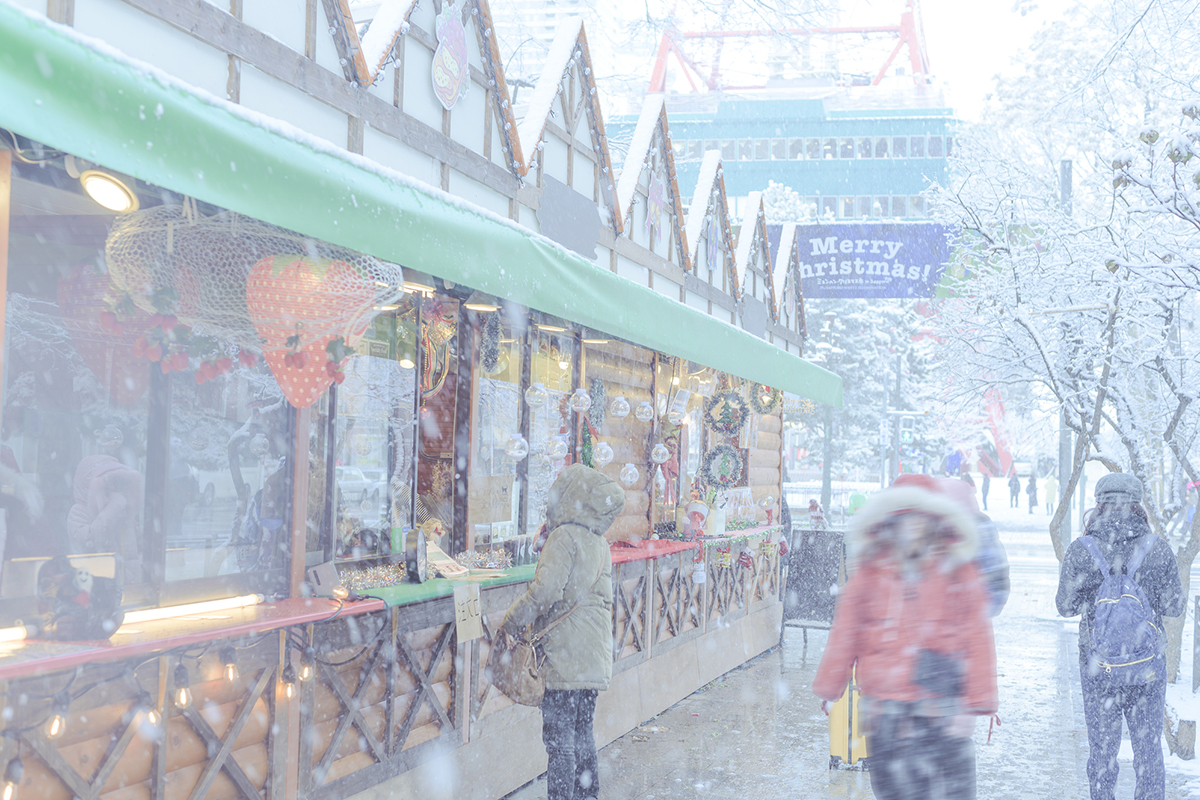
An especially popular part of Sapporo White Illumination is the German Christmas Market in Sapporo (an outbound link) (ミュンヘン・クリスマス市 in Sapporo), which draws every year visitors all around the world to Odori Park 2-chome. The market has been open yearly since 2002. So, why a German Christmas market in Sapporo, you might wonder? Well, the German city of Munich is the sister city of Sapporo, and the year 2002 was the celebration of 30 years of the mutual relationship between the cities. The Christmas Market was started to celebrate that. In Europe, a visit to the Christmas market is an essential part of getting into the Christmas mood and it has also become a part of Christmas preparations for Sapporo dwellers as well as other visitors. In 2019 the market attracted 1.5 million visitors.
There are several small shop stalls at the market. The shops sell all kinds of handicrafts from bobble hats to Christmas cards and from Russian matryoshka dolls to Christmas decorations, all handmade. In addition to that, there is an abundance of food: roasted almonds, German sausages, all kinds of Christmas sweets, and of course, mulled wine (Glühwein) to drink. If you are lucky, you might also meet the Santa Claus from Rovaniemi, Finland! The festival is open from late November until the 25th of December and has really cozy atmosphere in the snowy Odori Park.
Lighting up your mood in Sapporo
It’s not just Odori Park German Christmas Market, where the visitors to Sapporo can enjoy Christmas decorations and light-ups. Sapporo Factory (an outbound link) is located in the old Sapporo Beer factory and was opened to the public as a shopping mall in 1993 after renovation. Sapporo Factory Christmas boasts yearly a huge 15-meter-high Christmas tree decorated with about 50,000 LED lights. And of course, there are other elegant Christmas decorations, too. The event is open from early November until Christmas Day.
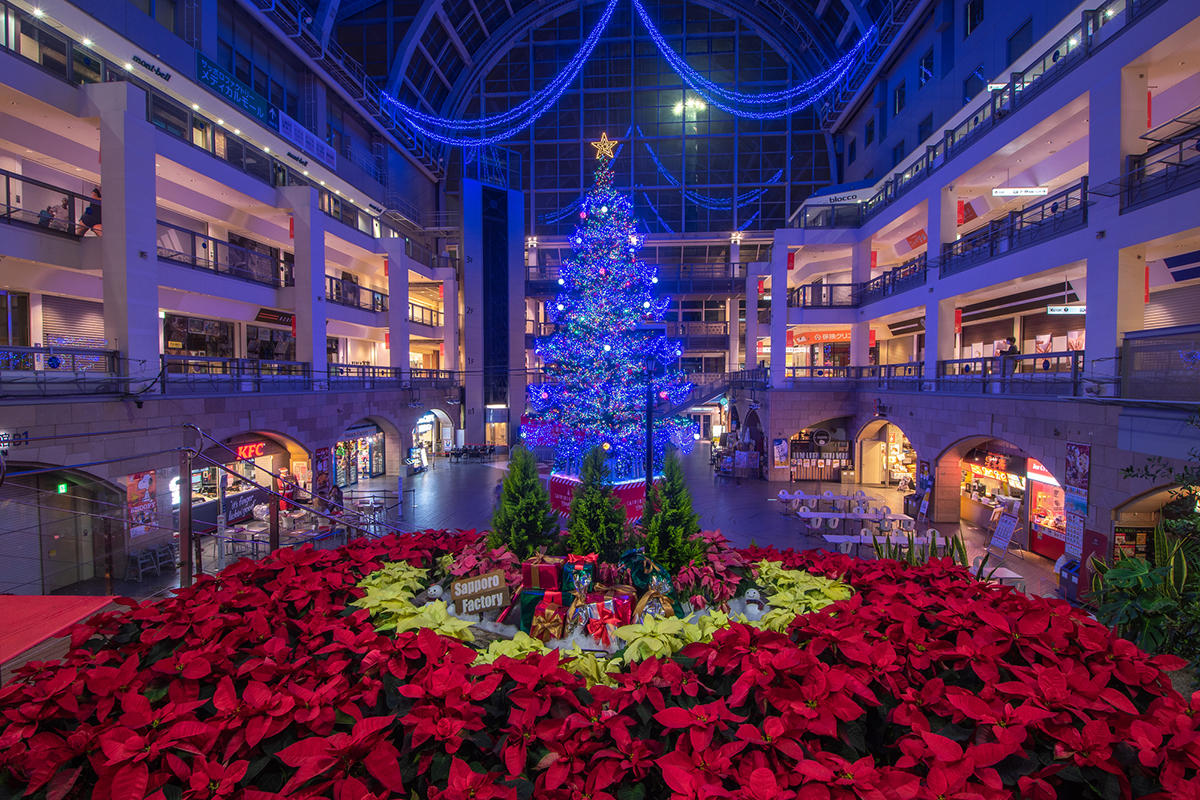
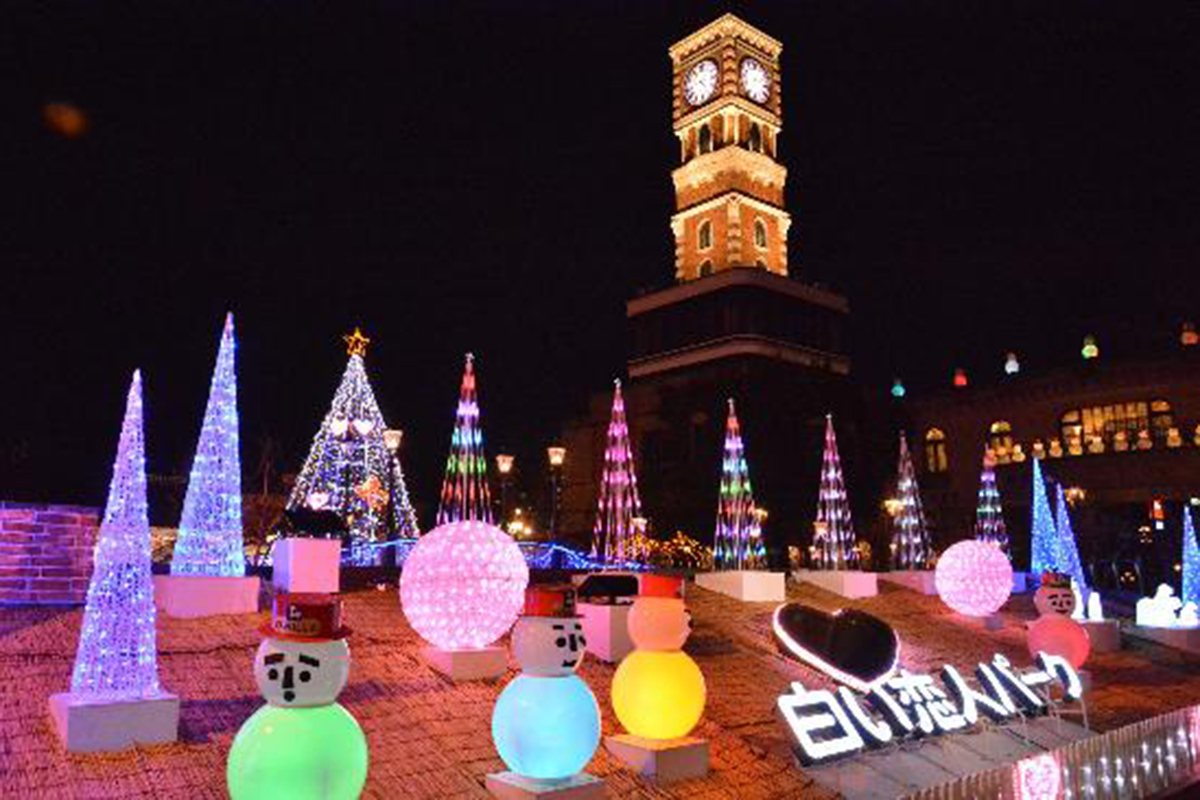
If you request even more sugary sweet Christmas decorations to get into a festive mood, you can head to Shiroi Koibito Park (an outbound link) in the western Sapporo to enjoy Shiroi Koibito Park Illumination (an outbound link). The park is a “chocolate entertainment park” run by the Japanese confectionary company Ishiya which produces the famous Shiroi Koibito brand, hence the name of the park. During the winter, the park is decorated with amazing seasonal lights, and it’s a delight to take a walk in the beautifully romantic park. Besides the actual park, the park complex includes a chocolate factory, a museum about the history of chocolate, a mini railway, a cafe, and other interesting facilities. So in addition to the light-up, visitors can attend chocolate-making workshops and tours in the factory, and can try out some exclusive chocolate sweets in the cafe. Shiroi Koibito Park Illumination is open during the whole winter, from November to the end of March.
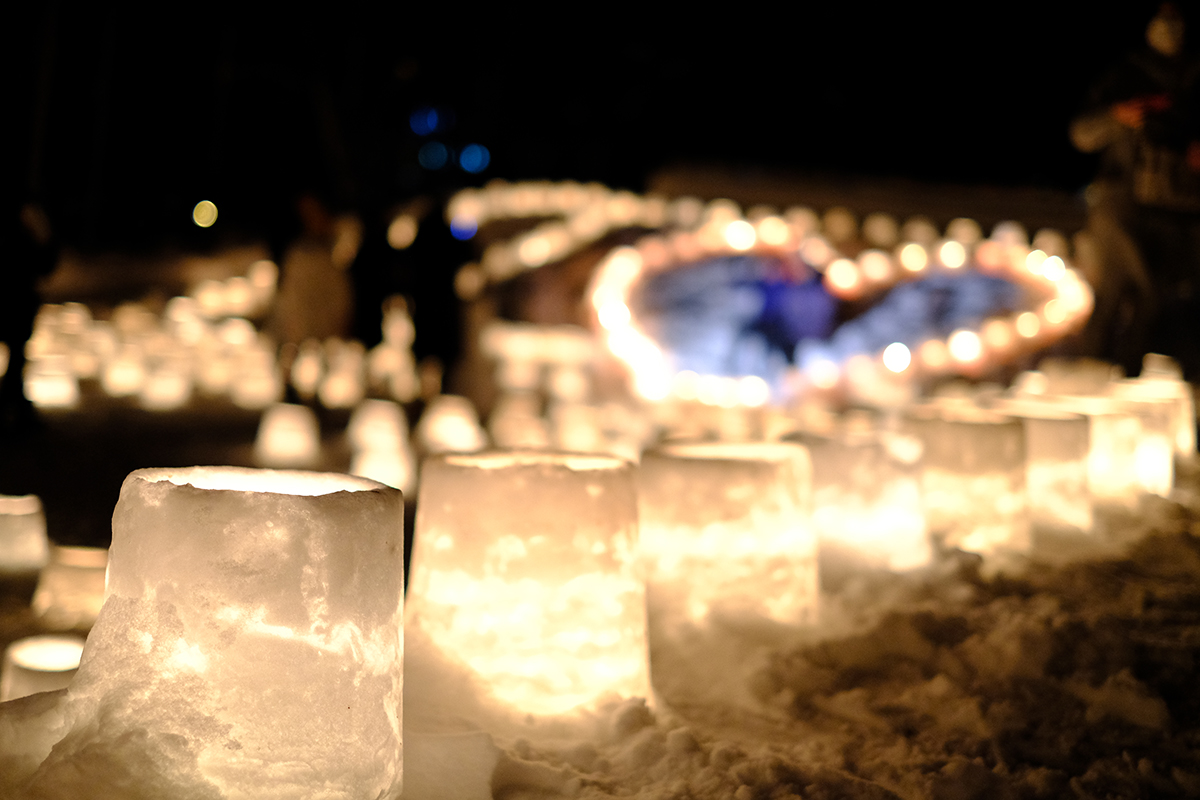
Another event full of light and feeling is Jozankei Onsen Snow Light Path (an outbound link) (定山渓温泉雪灯路) in Jozankei Onsen hot spring village in the southern Sapporo. In the event, about 2,000 snow lanterns with candles are displayed in the shrine of the village. The lanterns are made and decorated by the staff working in the local onsen spas and hotels, so it really has a local touch in it. The hundreds and hundreds of candles flicking everywhere you look in the snowy evening create a dreamlike atmosphere you don’t want to miss! The event lasts only for a week starting at the end of January (28th January in 2023), so if you are planning a trip to Sapporo next winter, remember to include a visit to Jozankei in your itinerary. If you need help planning your Hokkaido winter trip 2022–2023, remember that you can always contact us through our contact form and we can make the plan together.
Sapporo Snow Festival
Maybe the most famous festival in Sapporo is the Sapporo Snow Festival (an outbound link) (さっぽろ雪まつり) held annually in February since 1950 during the first half of February. The festival started when a group of middle school and high school students built six snow sculptures in Odori Park. Sapporoans used to dump the snow they had cleared off the streets to the park, so there was plenty of snow to use for the sculptures.
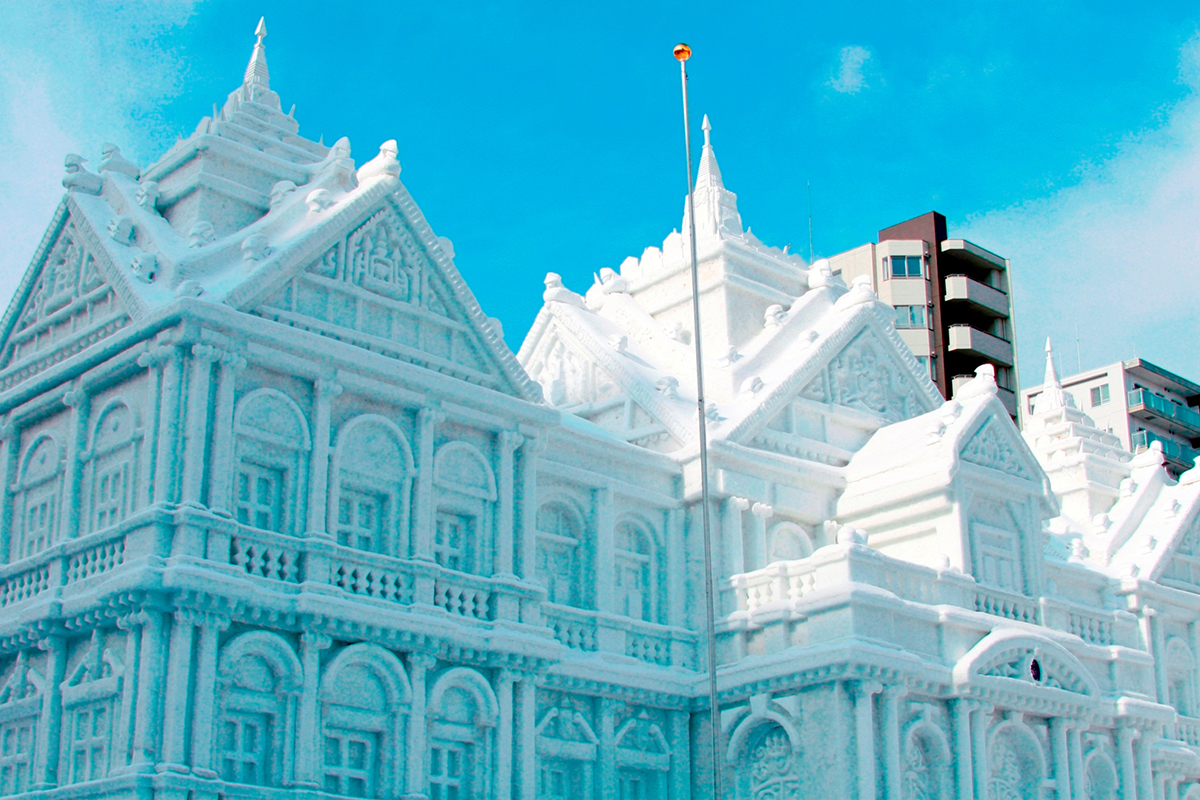
The first Sapporo Snow Festival was a success and attracted 20,000 visitors. The local people have had their chance to create snow sculptures of their own since the beginning of the festival. Also, the self-defense forces of Japan joined the snow sculpturing forces and have been creating huge snow sculptures as part of the festival since 1956. The tourism promotion office of Sapporo realized that there is a lot of potential in the event, so they started to develop it in hopes to get a bigger slice of tourist money.
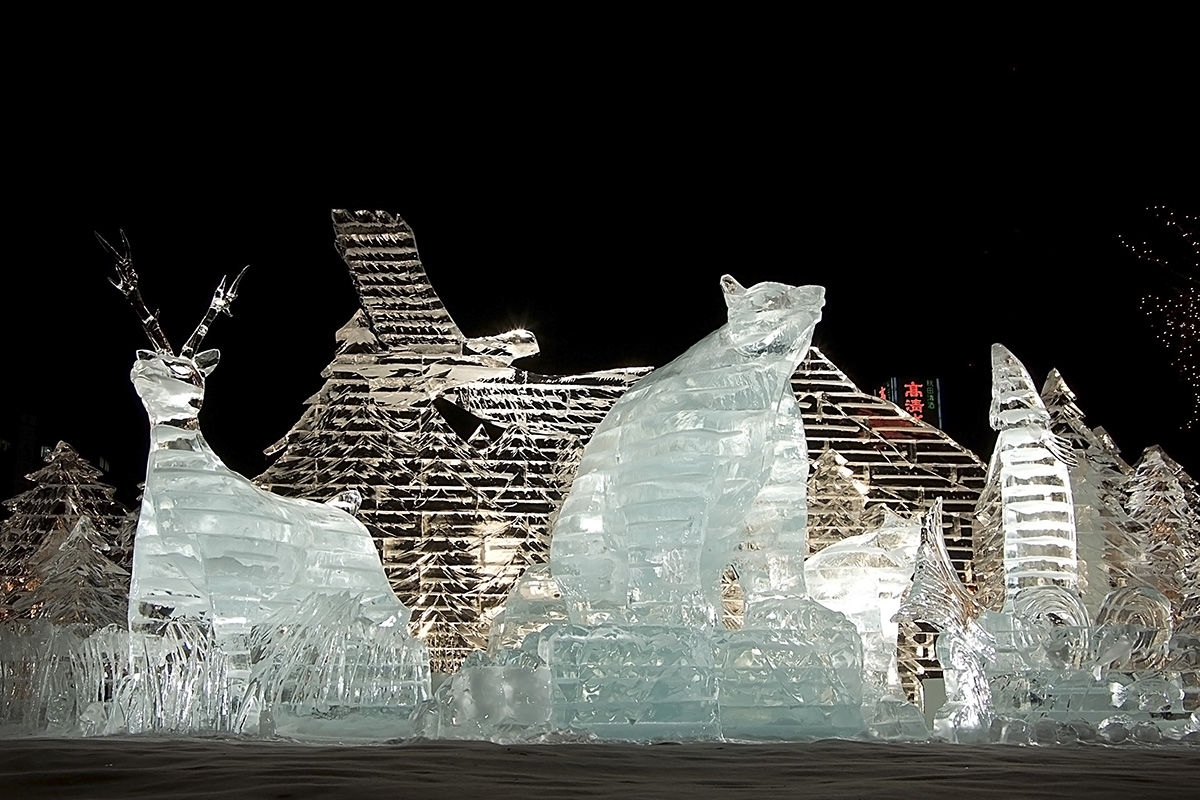
The festival gained international interest in 1972 during the Sapporo Winter Olympics. International snow sculpturing teams have been creating since 1974 when the first International Snow Sculpturing Contest was arranged as part of the Snow festival. The number and the scale of the sculptures have increased yearly. Now the amount of snow used in the sculptures early is about 30,000 tons and part of it must be transported from the areas surrounding Sapporo because there is not necessarily enough snow in the city! The number of visitors has also risen; it’s now over 2 million. The festival takes place in early February usually starting on the first Saturday of the month and lasts one week. In 2023, the festival dates are 4–11 February.
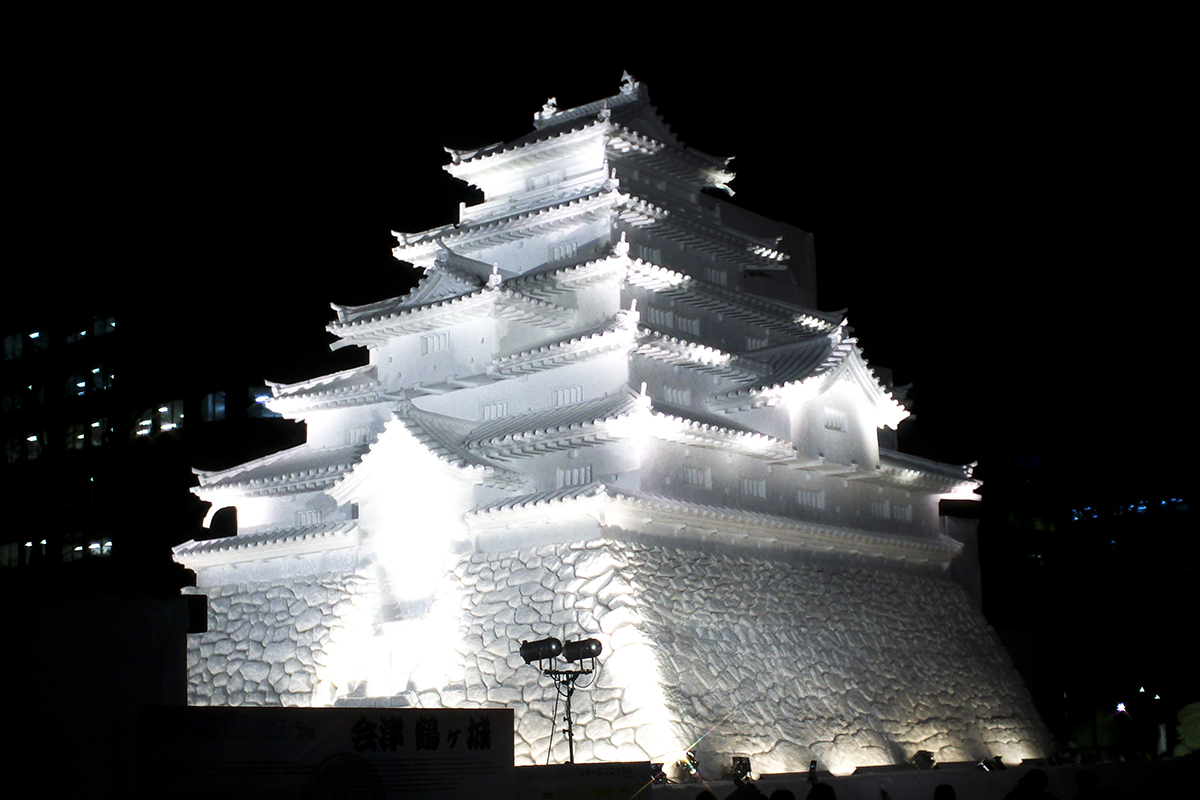
The three sites of the Snow Festival are
・the main site Odori Park (from 1-chome to 12-chome) with snow sculptures
・Tsudomu site with different kinds of fun winter activities for children (opens already at the end of January)
・Susukino site with ice sculpture
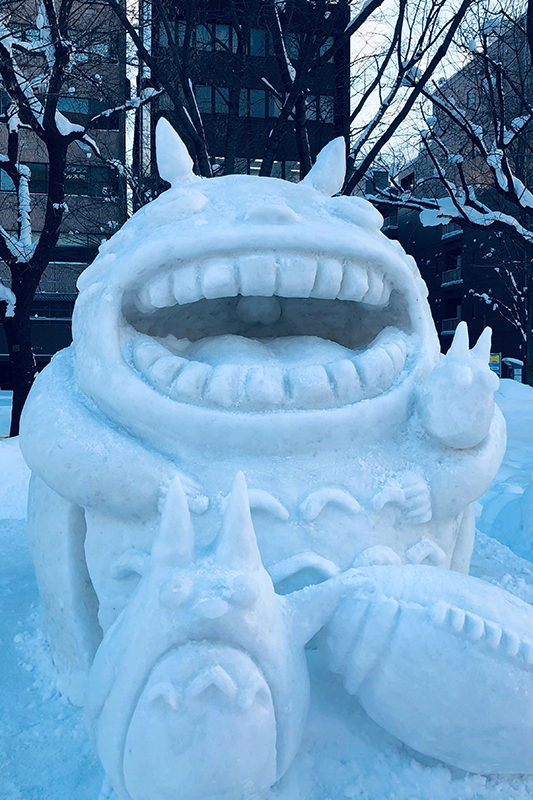
At Odori Park, each chome has a special theme and activities. There are several large snow and ice sculptures close to the TV tower, usually sponsored by local companies. 6-chome has food stalls, where the visitors can savor local delicacies. 9-chome and 12-chome are reserved for the locals to build their own snow sculptures. The artwork taking part in the International Snow Sculpturing Contest is on display on 11-chome. The sculptures are of course created onsite, and it’s fun to watch the contesters skillfully creating the sculptures. More ice sculptures can be seen lining up the main street of the Susukino entertainment district. Tsudomu venue has a lot to offer for children, for example, a giant slide and many other fun indoor and outdoor activities, too.
So what do you say, would you like to experience some winter magic in Sapporo? If your answer is a definite “YES”, don’t hesitate to contact us! https://hokkaido-treasure.com/contact/
